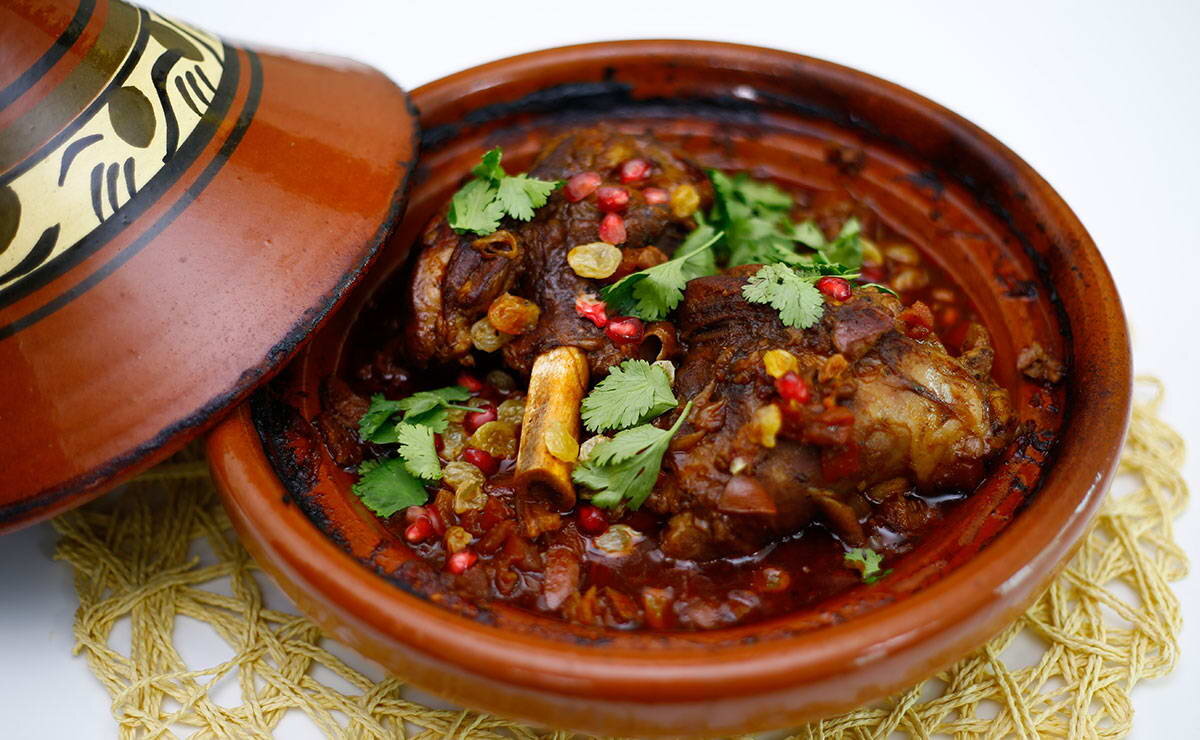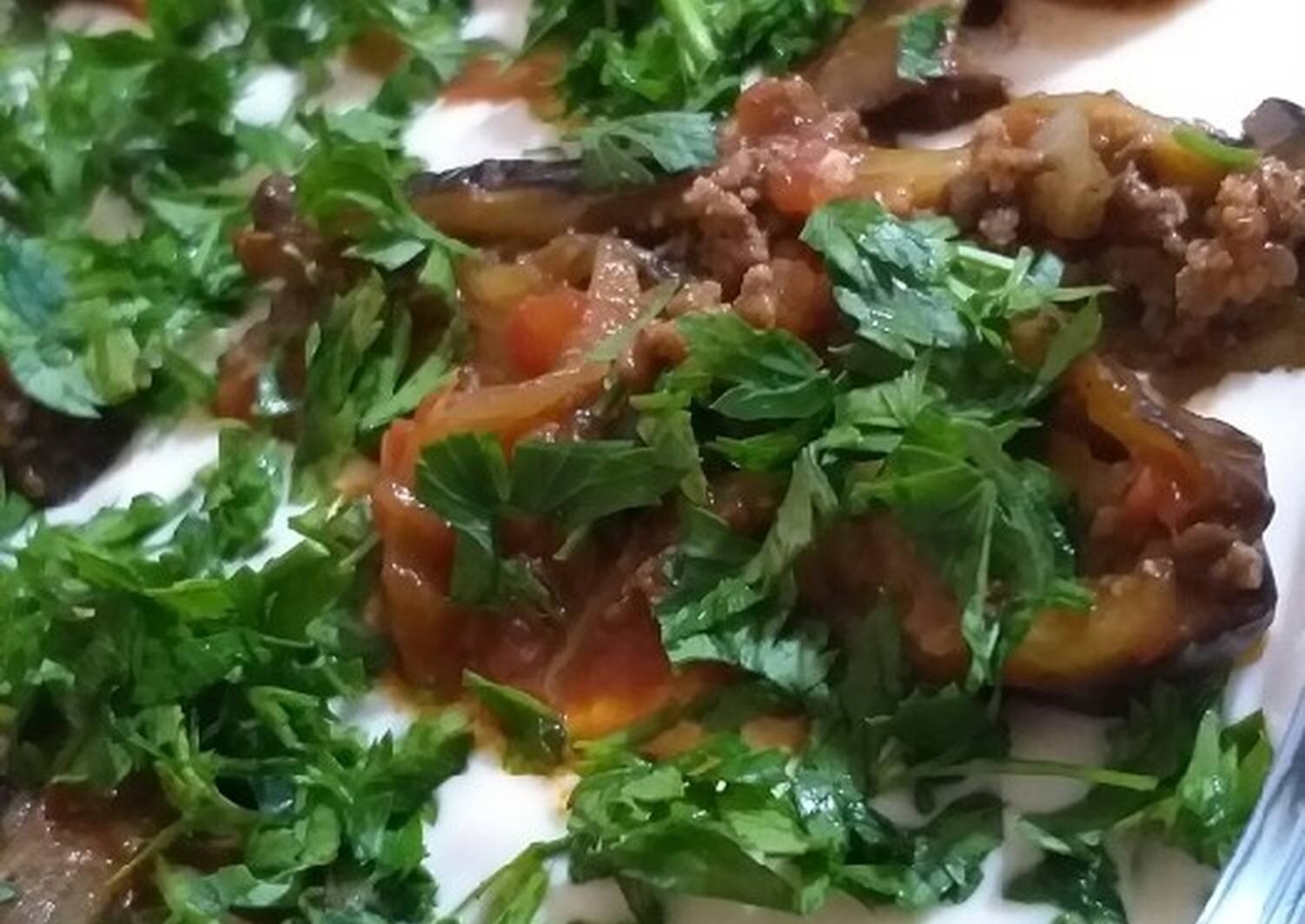
That Translator Can Cook: Ful Medames
According to some sources, fava beans [main ingredient of ful medames] can be traced back to ancient Egypt: “remnants of ful medames were uncovered in a number of the 12th Dynasty (1991-1786 B.C.) Pharonic tombs in Egypt.”…

That Translator Can Cook: Dukkah
Dukkah is also written as ‘duqqa,’ ‘do’ah,’ and ‘du’ah’ and derives from the Arabic root meaning ‘to crush.’…

That Translator Can Cook: Mansaf
Mansaf is the national dish of Jordan because it’s rooted in Jordan’s Bedouin heritage, but mansaf is also popular in Palestine, Iraq, Syria, and Saudi Arabia with some slight variation in ingredients/preparation…

That Translator Can Cook: Zarb
The chicken and vegetables are laid out on racks and put into an oven in the ground that’s filled with hot coals…

That Translator Can Cook: Shuwa
Shuwa derives from the Arabic verb ‘shawaa,’ which means “to grill.” This dish is considered “the cornerstone of Oman’s culture”…

That Translator Can Cook: Luqaimat
Here we have another dessert that’s commonly made during Ramadan. Luqaimat means “small bites” in Arabic and that’s exactly what they are: small bites of sweetness…

That Translator Can Cook: Tagine
Tagine can be found across North Africa, basically wherever the Imazighen lived, but I believe tagine is most popular in Morocco and can even be considered one of its national dishes…

That Translator Can Cook: Qatayef
There are three main types of qatayef: (1) qatayef bil-jibna (qatayef with cheese), which is deep fried qatayef with an Akkawi cheese filling; (2) qatayef bil-joz (qatayef with walnuts), which is deep fried qatayef with a cinnamon walnut filling; and (3) qatayef asafiri (mini qatayef)…

That Translator Can Cook: Tharid
Tharid is said to be Prophet Muhammad’s favorite dish: “…And the superiority of A'ishah [his wife] to other women is like the superiority of tharid to other kinds of food" (Sahih Al Bukhari Volume 7, Book 65, Number 329)…

That Translator Can Cook: Balaleet
Balaleet is popular in the Gulf countries, but it is considered to be a traditional Emirati dish. In the UAE, expatriates make up almost 90% of the population…

That Translator Can Cook: Maamoul
Maamoul is known as kahk in Egypt, which was depicted in temple paintings and carvings from the Pharaonic Period in Ancient Egypt…

That Translator Can Cook: Mutabbaq Samak
A significant portion of Kuwaiti cuisine is made up of fish/seafood. The fish mainly used is zubaidi (pomfret), the ‘zubaidi’ comes from the Arabic word ‘zubda,’ which makes sense since the pomfret is a type of butterfish…

That Translator Can Cook: Musakhan
Musakhan is one of the most popular and well-known Palestinian dishes. According to a Friday article, it was traditionally made after the olive-pressing season…

That Translator Can Cook: Rumaniyya
Rumaniyya is unique to Gaza, I believe, which is why I’ve never eaten it before, as I’ve only traveled around the West Bank…
![That Translator Can Cook: [Peanut Butter] Basbousa](https://images.squarespace-cdn.com/content/v1/5fee3b088500a82fe9d47ac9/1609875092289-8UUV6UK04R8P2WMOW1RX/%D8%A8%D8%B3%D8%A8%D9%88%D8%B3%D8%A9-%D8%A7%D9%84%D9%81%D9%88%D9%84-%D8%A7%D9%84%D8%B3%D9%88%D8%AF%D8%A7%D9%86%D9%8A.jpg)
That Translator Can Cook: [Peanut Butter] Basbousa
This cake originated in Egypt, according to most accounts, although some say the Ottomans created it…

That Translator Can Cook: Fattet Makdous
Now, this may not be healthiest dish, but it is certainly healthier than many other dishes. Store-bought pita chips are not healthy, but pita chips made by your own hands can be…

That Translator Can Cook: Brik
Brik is a Tunisian variant of the Turkish börek, which is believed to be its predecessor brought to North Africa by the Ottoman Empire…

That Translator Can Cook: Timman Ou Qeema
This dish is popular in Iraq and tends to be served at Islamic celebrations like Ashura, which is the 10th day of the 10th Islamic month (Muharram)…

That Translator Can Cook: Fried Kibbeh
Apparently, kibbeh derives from a delicacy called ‘gubibate’ enjoyed by the King of Assyria in 9th century BCE…

That Translator Can Cook: Sahlab
Sahlab, sahlep in Turkish, was introduced to the Middle East by the Ottomans. It also became very popular in England during the 18th and 19th centuries and was called saloop…
